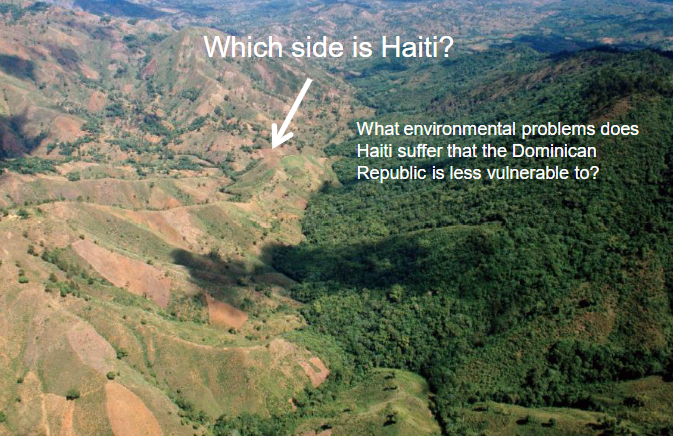Lecture 15 - Forests
1/24
There's no tags or description
Looks like no tags are added yet.
Name | Mastery | Learn | Test | Matching | Spaced |
|---|
No study sessions yet.
25 Terms
how much of land is covered by forests?
25%
What climatic factors are required for forests to grow?
precipitation
What type of forest biomes exist?
boreal (taiga)
temperate
tropical
Where are forest biomes found?
high latitude - boreal
midlatitudes - temperate
low latitudes - tropical
Boreal Forest (Taiga)
large terrestrial biome
high elevation
low latitudes
lower temp
short growing season
acidic soils
major trees are evergreens (coniferous trees)
Temperate Forest
distinct seasons
fertile soils
bc leaves fall
rich and diverse plant life
trees are primarily evergreens and deciduous trees (leaf bearing)
sufferer of habitat fragmentation
Tropical Forest
similar year-round temps
dry tropical forests
distinct wet and dry seasons
tropical rainforests wet year round
soil is thin, acidic, poor in nutrients
nutrient cycle happens fast, so much productivity, photosynthesis year round
residence time (N in soil) very very short
nutrient poor soil

What environmental problems does Haiti suffer that the Dominican Republic is less vulnerable to?
heavy deforestation
poverty
lethal landslides, soil erosion
can’t regrow
less water absorbed into the soil
less shade, more hot
soil dries out more
flooding
Forests provide a range of goods and services. What are they?
foods
paper
furniture
houses
habitat for biodiversity
aesthetic value
cultural and recreation purposes
cultural role of forests
over 200 indigenous groups in the Amazon rainforest
Acadian/Wabanaki forest and Mi’kmaq territory have similar boundaries
urban forests
oxygen, clean air
absorb, noise, dust, pollution, CO2
provide shade/energy conservation/extreme temps
reduce storm water runoff
reduce mental health problems and can improve post surgery recovery rates
habitats for wildlife
over the past 300 years, how much of the world’s forests have been lost?
35%
history of deforestation
Near East, Greece, and Roman Empire cut forests before modern era
Removal of forests continued northward in Europe as civilization advanced
Great Britain’s forests were cut and many forested areas eliminated
Colonization of the new world, much of North America was cleared (Half of the US was originally forested)
Today, majority of deforestation is occurring in the developing world
deforestation in North America
propelled population/societal growth
land cleared from east to west for agriculture
wood used to fuel furnaces of industry
principal cause of deforstation in Canada is agriculture
reasons for deforestation
Harvesting forests for wood and wood products
Fuel in developing countries
Conversion of forests for agriculture
Urbanization and energy needs in the city
types of harvesting methods
clear-cut
selective harvesting
shelterwood harvesting
clear-cut
cutting all trees in an area - very damaging
high profit initially
water muddy - erosion
tree all same age when they regrow - less biodiversity
selective harvesting
cuts only the highest value trees; remaining trees reseed the plot
more environmentally sound
in temperate forests
shelterwood harvesting
cuts all BUT the best trees, which reseed the plot and are then harvested
more environmentally sound
genetically superior
in temperate forests
why clear cut vs selective/shelterwood in the boreal vs temperate forests
clear cut - boreal
mimics large scale disturbances
forest fires
insects
selective/shelterwood in temperate
mimics natural falling and turnover of trees
how does the presence of roads lead to loss of forests?
opens access to more forests
fragments the habitat
all methods of forest disturb habitat
change structure and composition
decrease biodiversity
increase erosion, siltation, runoff, flooding, landslides
Maximum sustainable yield (MSY)
harvesting as much as is sustainably possible (but no more) for the greatest economic benefit
The early focus of the National Forest Service
Forest ecosystem management (FEM)
a system that focuses on managing the forest as a whole rather than for maximizing yields of a specific product
Utilizes a variety of techniques for timber harvesting, vegetation removal, and controlled burns
Explain how the sustainable harvesting of forest products, which provides less annual income than harvesting the trees themselves for timber, can be more economically valuable than the wholesale removal of the valuable timber in that forest
no high profit initially
long term income
as forests regrow, you can cut more trees from the same area
this saves money as not as much money will be needed to replant/repair the clear cut forest
water purification
eco tourism